Fed Officials Hint They Aren’t Going To Cut Interest Rates as Inflation Remains High
The Federal Reserve officials have recently hinted that they aren’t about to cut interest rates any time soon, thanks to persistently high inflation.
Only a few months ago, many analysts forecasted that the Fed would indeed cut rates, as inflation appeared to be lessening with each month. However, as newer reports have indicated that inflation remains stubbornly high, now the Fed will likely refuse to make any cuts.
Cutting Rates
If the Fed doesn’t make any cuts in the near future, then borrowing costs will remain high as the Reserve tries to combat high inflation.
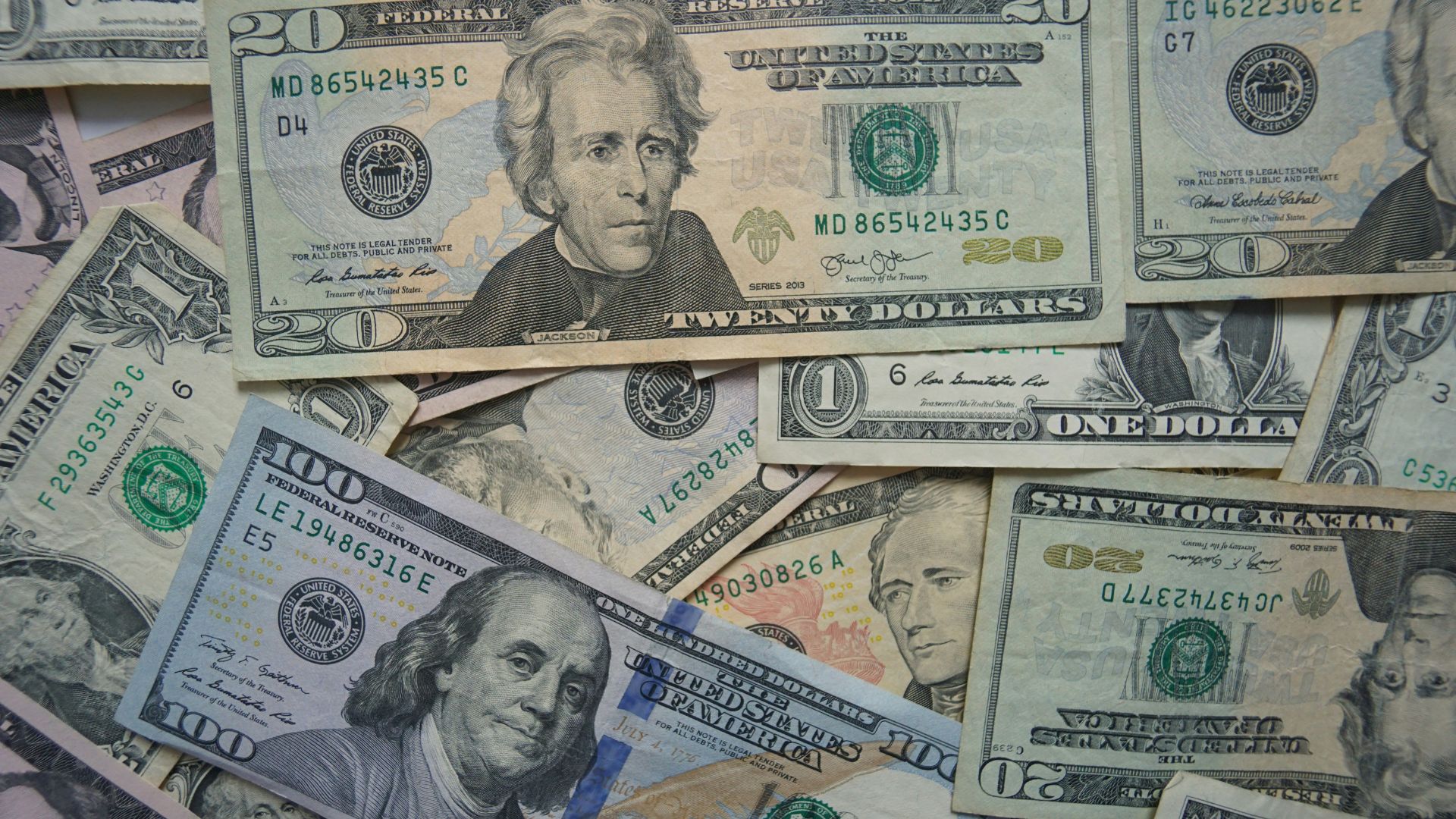
Source: Blogging Guide/Unsplash
Analysts have now stated that the Fed seems every bit intent to continue to wait out inflation, hoping that it will continue to fall. Therefore, they will not make any interest rate cuts — even if many in the country would like to see this happen.
Why the Fed Won’t Make Cuts
The Fed is choosing to keep rates high, rather than cut them down slightly, in an effort to keep driving down inflation. Inflation remains high throughout the United States, even though it has fallen greatly from its peak in 2022.
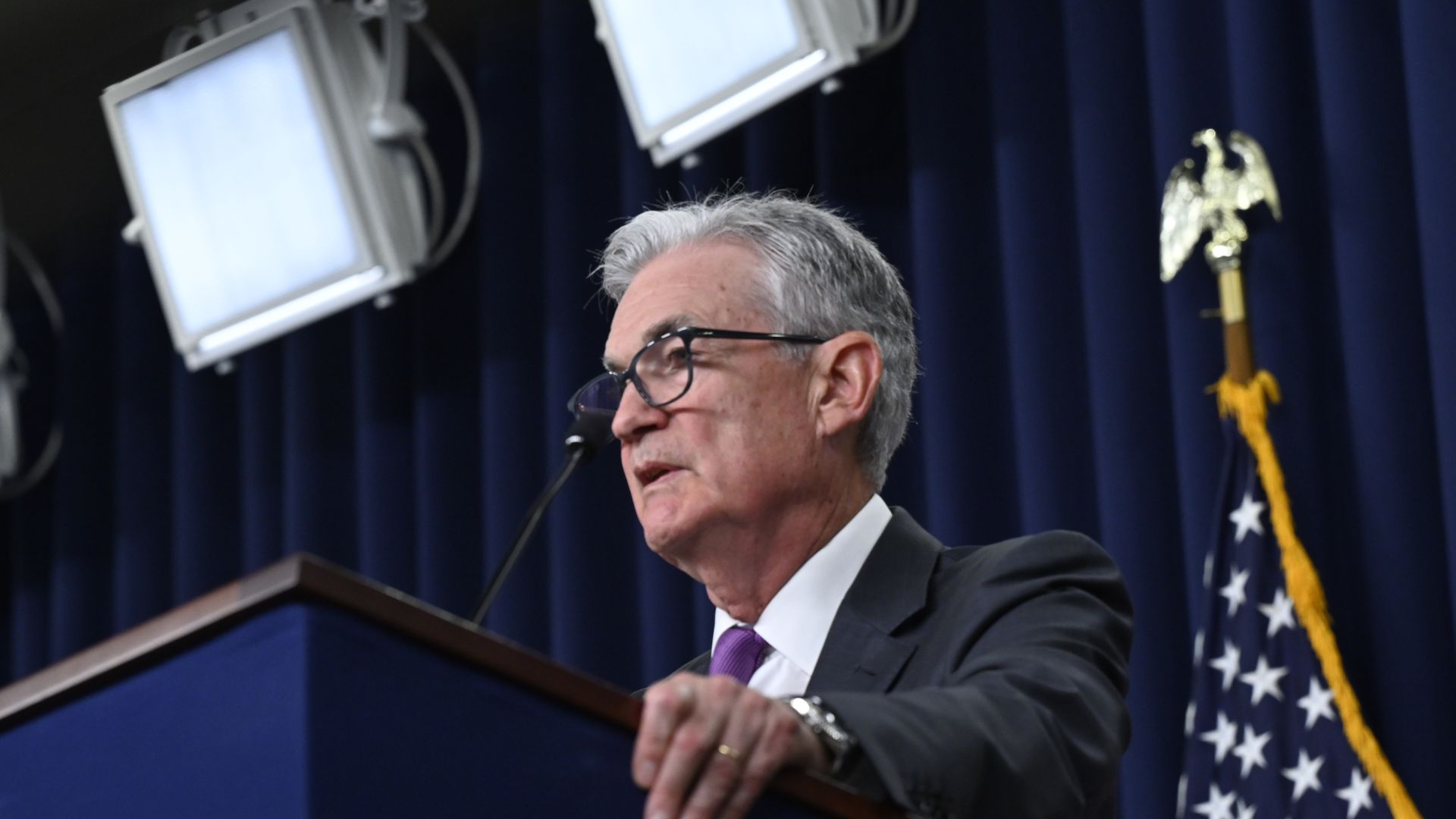
Source: Public Domain/Wikimedia Commons
Many Fed officials have stated that they believe inflation will eventually cool. However, until it cools more, they won’t make any rate cuts.
What High Interest Rates Affect
Some Americans and analysts may be dismayed to hear that the Fed won’t make any rate cuts, as was anticipated only a few months ago.

Source: Ian MacDonald/Unsplash
High interest rates can keep costs incredibly high when it comes to auto loans, mortgages, and other types of consumer borrowing.
Inflation Records
These latest Fed suggestions come as the Reserve has worked to combat record inflation over the past few years. From March 2022 to June 2023, the Fed raised its benchmark rate by 5%, marking the fastest increase seen in the U.S. in four decades.
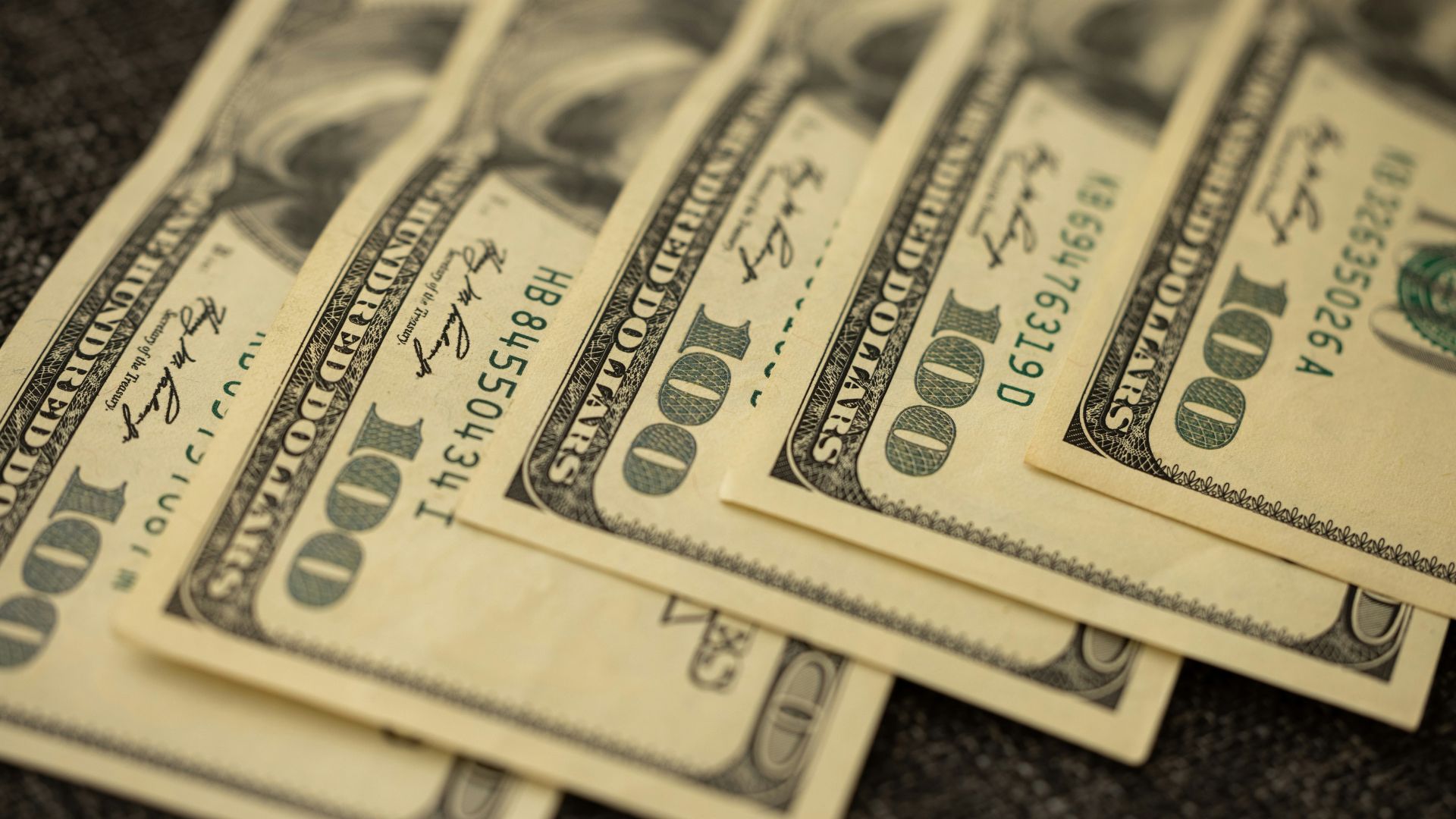
Source: engin akyurt/Unsplash
All of this was the result of the Fed’s intent to try to drive down inflation to their 2% target. In June 2022, inflation was 7.1%. Now, inflation rests at 2.7%.
Driving Down Inflation Even More
As new data has indicated that inflation is now 2.7%, it is very close to the Fed’s desired 2% rate. However, it’s not quite there yet.
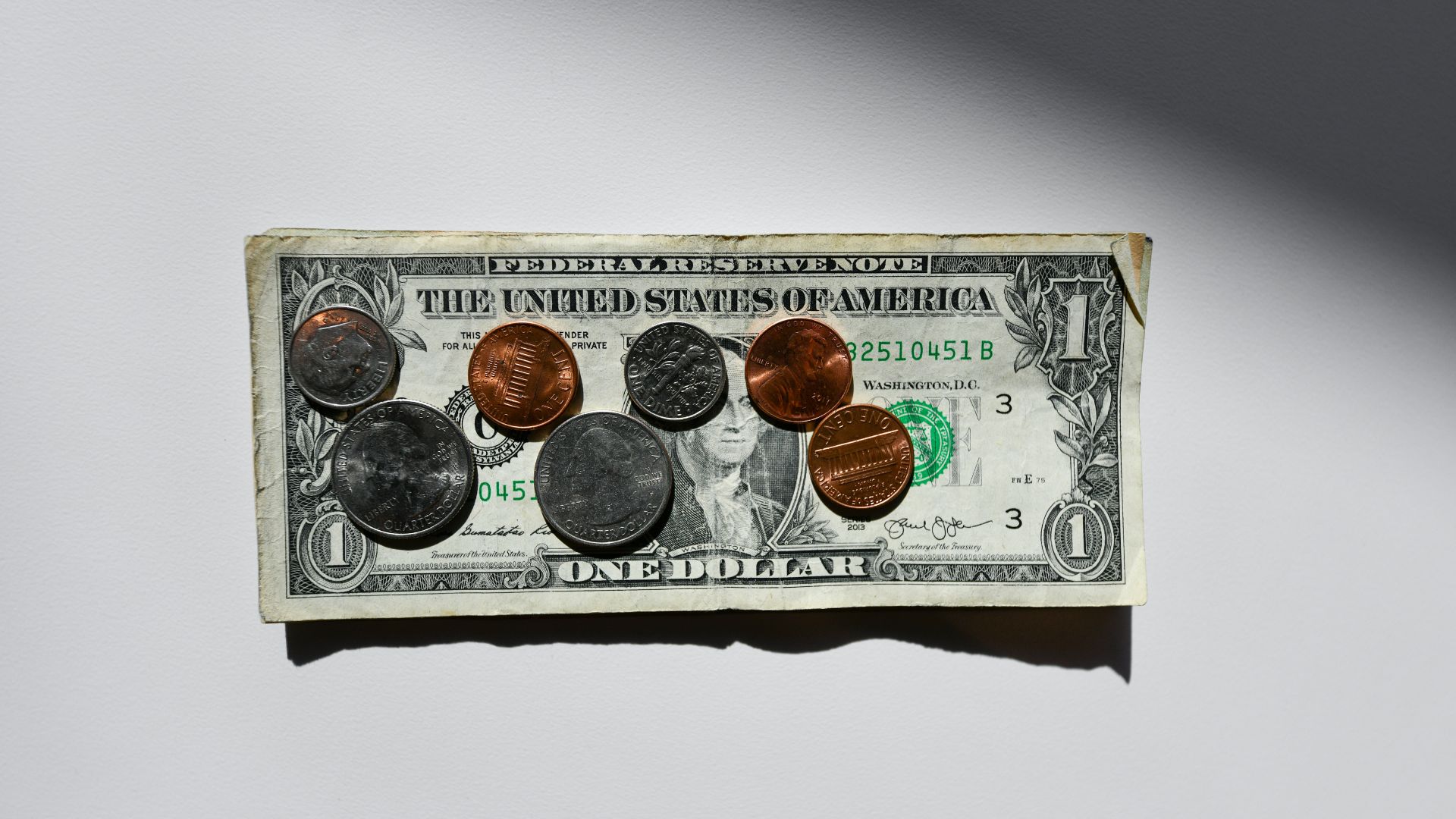
Source: Kenny Eliason/Unsplash
As a result, the Fed seems intent on waiting until inflation fully falls to their desired percentage before they decide to actually cut interest rates.
Prices Keep Increasing in 2024
At the end of 2023, reports indicated that prices around the country were steadily slowing down in their rise. However, 2024 brought an end to that.

Source: Hanson Lu/Unsplash
The first few months of the year saw prices increase. Another inflation indicator did report differently, stating that prices cooled only slightly in April.
Keeping a Balance
Currently, the Fed is trying to keep a delicate balance between controlling inflation, yet also keeping rates high. However, they don’t want to keep these interest rates too high — as this could end up severely damaging the U.S. job market.

Source: engin akyurt/Unsplash
So far, most data has indicated that the job market in the country remains healthy, even though some potential weaknesses in the market — and in the overall economy — have appeared.
Employers Have Cut Back on Hiring
Even though many analysts have touted that the economy is great, Americans and business owners don’t necessarily think so.

Source: Christina @ wocintechchat.com/Unsplash
In fact, many employers have begun to cut back on hiring slightly. However, many are still hiring, they just aren’t hiring at the increased rate seen a few years ago.
Risking a Downturn in the Economy
Some critics of the Fed’s slow movement have explained that the longer the Fed keeps interest rates high, the more chance an economic downturn could occur.
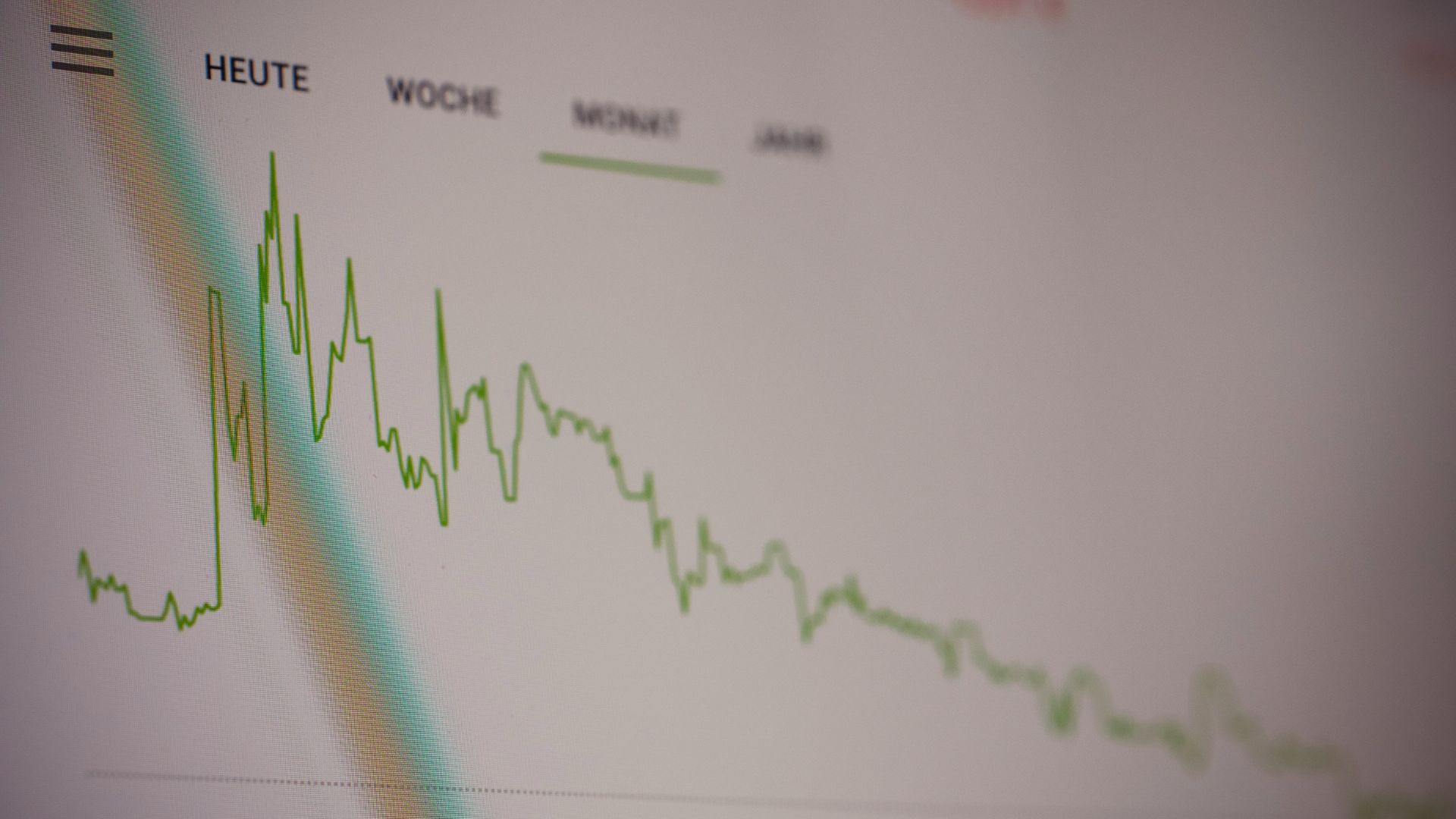
Source: Markus Spiske/Unsplash
These detractors would like to see the Fed decide to cut rates sooner, rather than later.
Why Inflation Remains
Experts have explained that high inflation remains an issue for the U.S. government because of aspects of the lingering pandemic.

Source: gemma/Unsplash
These factors have continued to influence prices on just about everything, from grocery store food items to hospital bills.
When Will the Fed Cut Rates?
As most analysts believe that the Fed won’t cut interest rates anytime soon, they’ve begun to forecast that the first rate cut may not be seen until later this year.

Source: Kenny Eliason/Unsplash
Some analysts have stated that a cut may be seen as early as September. However, most claim that these cuts might not occur until November or December.
